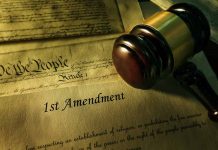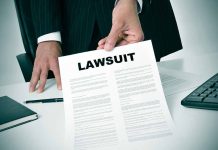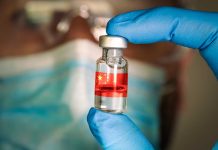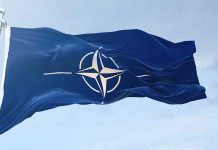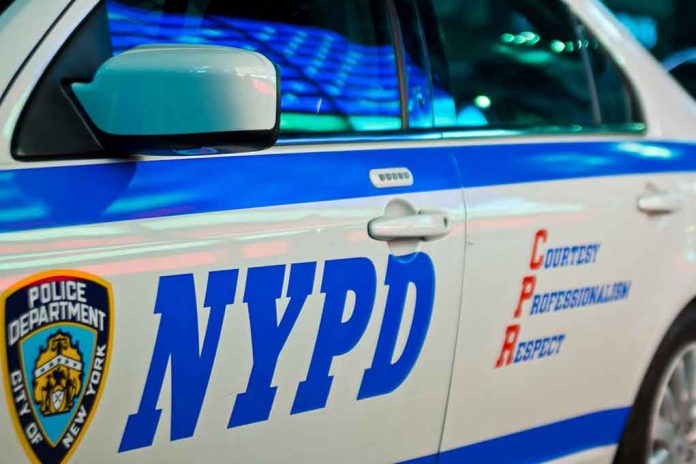
New York City’s police force takes to the skies with a pioneering drone program, sparking both excitement and concern.
At a Glance
- NYPD launches “Drone as First Responder” program in three boroughs.
- Drones can reach emergency scenes in as little as 60 seconds.
- Program aims to enhance public safety and emergency response.
- Critics raise privacy concerns over drone surveillance.
- Integration with ShotSpotter technology adds to controversy.
NYPD’s High-Tech Leap: Drones as First Responders
The New York Police Department has launched a groundbreaking “Drone as First Responder” (DFR) program, deploying unmanned aerial vehicles across three boroughs. This initiative, announced by Mayor Eric Adams and Interim Police Commissioner Tom Donlon, positions drones strategically in Brooklyn, the Bronx, and Manhattan to cover high-call volume areas. The program’s primary goal is to enhance public safety and emergency responsiveness by providing rapid aerial support to officers on the ground.
The NYPD’s drone fleet consists of 100 drones operated by over 110 FAA-certified pilots. These aerial units are capable of reaching emergency scenes in as little as 60 seconds, providing officers with crucial real-time information. The drones are equipped with high-definition video and audio feeds that stream directly to officers’ smartphones, significantly enhancing situational awareness before ground units arrive.
The NYPD is using even more drones to help keep New Yorkers safe!
Alongside New York's Finest on the ground, our new "Drone as First Responder" program is aimed at boosting response times and improving efficiency.
Learn more about the program: https://t.co/FLuc2x4jqf pic.twitter.com/dakTJ7mRGp
— NYC Mayor's Office (@NYCMayorsOffice) November 14, 2024
Operational Scope and Accountability
The program’s reach is extensive, with drones responding to over 4,000 missions in the past year, including 2,300 priority calls. Two drones will be stationed at each of five NYPD station houses, including one covering Central Park and additional precincts in Brooklyn and the Bronx. These drones will be deployed remotely and autonomously fly to emergencies such as missing-person searches, gunfire alerts, and ongoing crimes.
“New York City is flying into the future as we keep New Yorkers safe. While the ‘Drone as First Responder’ program is what precision policing in the 21st century looks like, drone potential is really just taking off. We are leveraging the latest technology to enhance the NYPD’s emergency-response capabilities, remotely sending drones to the exact longitude and latitude of where an emergency call comes and sometimes in as little as a minute. These drones will mean more efficient policing and will help increase the safety of our responding NYPD officers and New Yorkers.” – Mayor Adams
To ensure accountability, each drone mission is monitored in real-time by the NYPD’s Legal Bureau. Footage from the drones is automatically deleted after 30 days unless it is crucial for legal purposes, addressing some privacy concerns. The program also offers a cost-effective alternative to helicopter operations, allowing for better resource allocation within the department.
Benefits and Future Capabilities
The DFR program brings several key benefits to New York City’s law enforcement efforts. These include rapid deployment, enhanced situational awareness, improved officer safety, advanced search-and-rescue capabilities, and more efficient evidence collection. Future capabilities may include delivering emergency equipment and deploying flotation devices, further expanding the drones’ utility in critical situations.
“This is now part of our crime-fighting apparatus, and it is truly a game changer. It is an exciting approach to emergency response that increases our operational efficiency while making everyone much safer.” – NYPD Deputy Commissioner of Operations Kaz Daughtry
The initiative aligns with broader trends in AI and autonomous systems in public safety, enhancing operational capabilities while maintaining human oversight. It represents a significant advancement in urban law enforcement technology and could serve as a model for other cities looking to modernize their emergency response systems.
Privacy Concerns and Criticism
Despite the program’s potential benefits, it has faced scrutiny from civil liberties and privacy advocates since its inception in 2018. Critics express concerns about the expansion of surveillance capabilities and the potential for misuse of collected data. The program’s association with the ShotSpotter technology, known for its ability to detect gunfire, has added to the controversy.
“These drones would be disturbing enough on their own, but pairing them with a discredited vendor like ShotSpotter is even worse. Recent reviews have found that the vast majority of ShotSpotter alerts are wild goose chases, sending the NYPD to the scenes of crimes that never happened. Sending robots chasing after phantom gunshots that are actually fireworks and car backfires is a privacy nightmare.” – Albert Fox Cahn
The ShotSpotter system, made by SoundThinking Inc., has been criticized for generating false alerts, potentially leading to unnecessary police responses. As the NYPD moves forward with this innovative program, balancing public safety benefits with privacy protections remains a critical challenge for the department and city officials.
Sources:
- NYPD Revolutionizes Emergency Response with Citywide Drone First Responder Program
- NYC Expands Use Of Drones To Respond To Crimes, Other Emergencies


